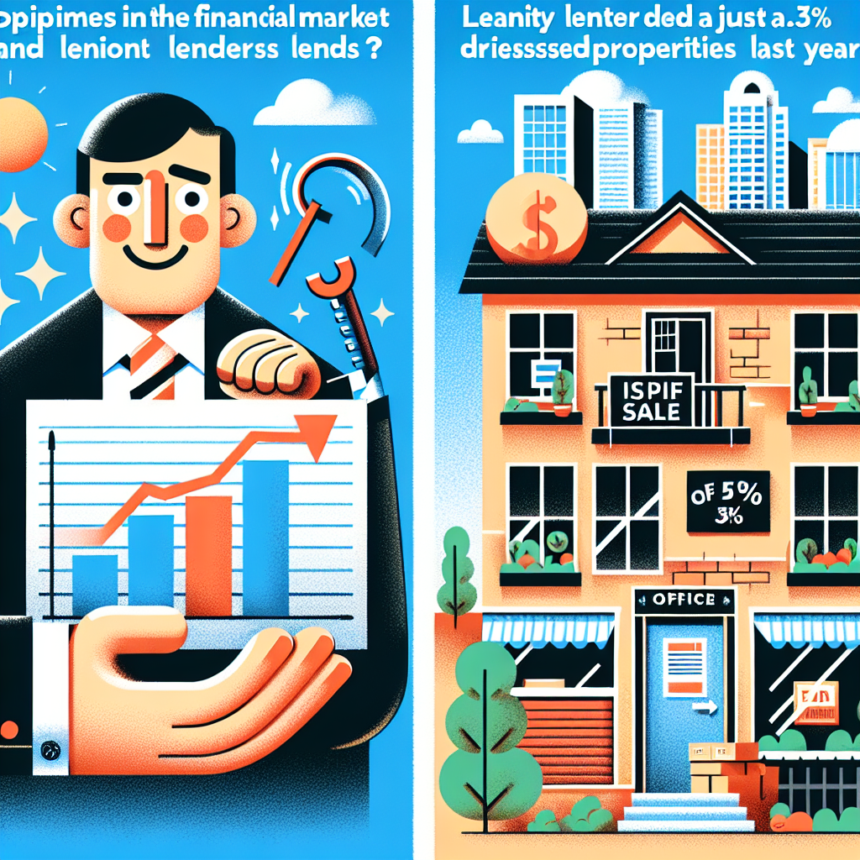In a surprising turn of events, only 3.5% of offices sold last year were from distressed sellers, a significant decrease compared to previous years. This has been attributed to a sense of optimism in the market and a willingness of lenders to work with struggling sellers. The real estate industry was bracing for a potential wave of distressed sales due to the economic downturn caused by the global pandemic, but it seems that the market has remained resilient.
Many experts believe that the low number of distressed sales is a result of government interventions such as stimulus packages and mortgage forbearance programs. These measures have helped to keep struggling sellers afloat and prevent a flood of distressed properties from entering the market. Additionally, lenders have been more accommodating in working with sellers to find alternative solutions, such as loan modifications or short sales.
The overall optimism in the market can also be attributed to the strong demand for commercial real estate, particularly in certain sectors such as technology and e-commerce. Investors are still eager to acquire office spaces, despite the uncertainty brought on by the pandemic. This has helped to stabilize prices and prevent a drastic decline in the market.
Moving forward, it will be interesting to see how the market continues to evolve in the coming months. While the low number of distressed sales is a positive sign, there are still challenges ahead as the economy slowly recovers from the effects of the pandemic. It will be important for sellers to continue to stay proactive and work closely with lenders to find solutions that work for both parties.
In my opinion, the low number of distressed sales is a reflection of the resilience of the real estate market and the willingness of all parties involved to adapt to changing circumstances. It shows that even in difficult times, there can still be opportunities for growth and stability. As we move forward, it will be crucial for sellers, lenders, and investors to continue working together to navigate the challenges ahead and ensure the long-term success of the commercial real estate market.


